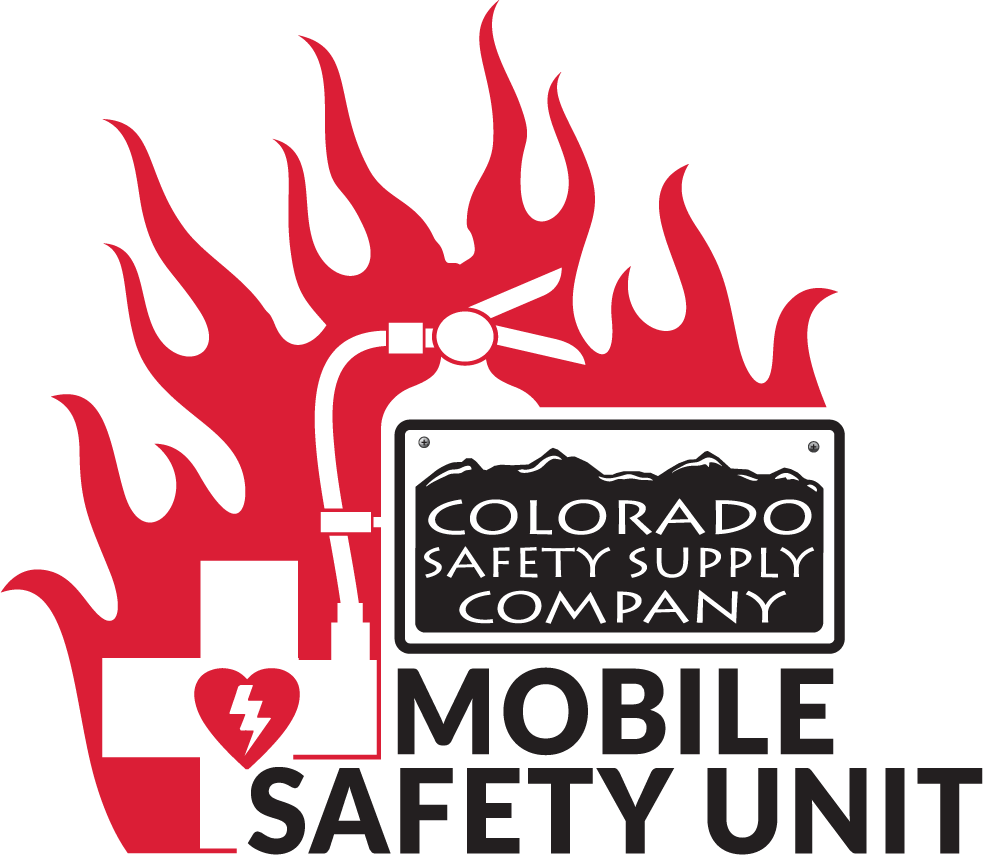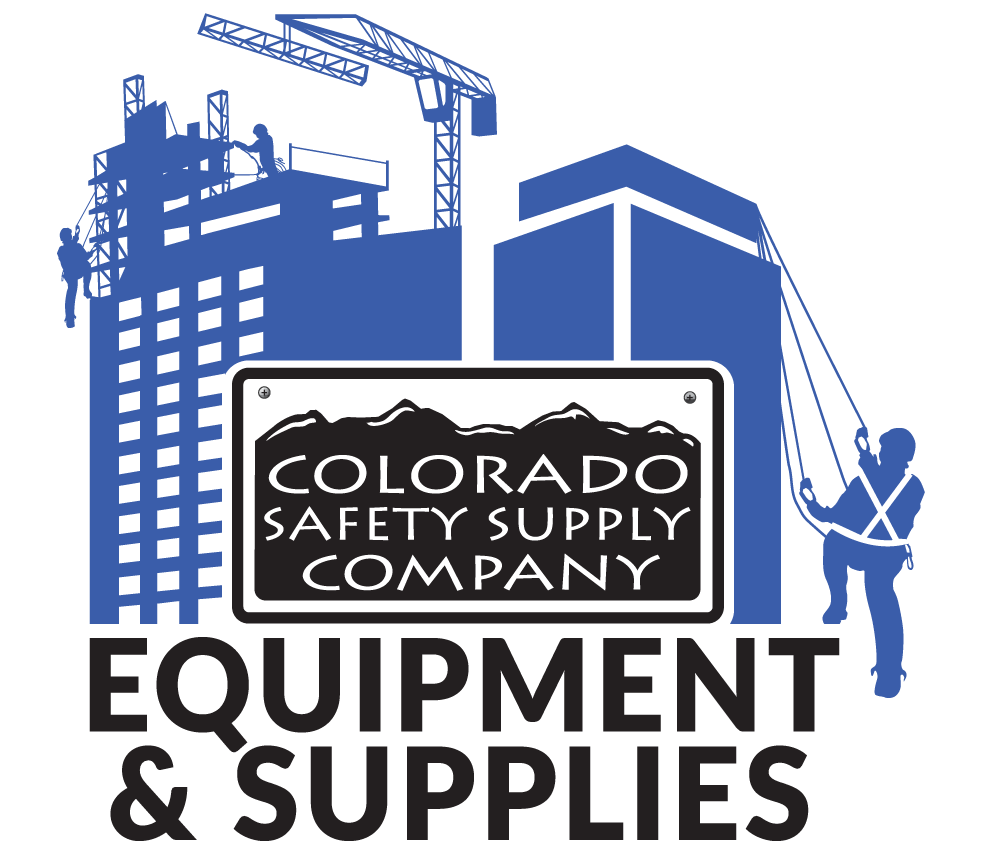How is heat affecting our Jobsites?

Heat can have a significant impact on jobsites, particularly in outdoor or physically demanding work environments. Here are some ways in which heat can affect jobsites:
-
Health Risks: Working in high temperatures can pose various health risks to workers. Heat exhaustion, heat stroke, dehydration, and heat cramps are some common heat-related illnesses. These conditions can result in reduced productivity, increased absenteeism, and, in severe cases, life-threatening situations.
-
Reduced Performance: Heat can impair cognitive function and physical performance. Workers may experience decreased concentration, slower reaction times, fatigue, and reduced productivity. This can lead to mistakes, accidents, and lower overall efficiency on the jobsite.
-
Increased Risk of Accidents: Heat-related fatigue and discomfort can contribute to a higher risk of accidents and injuries. Workers may be more prone to making errors, losing focus, or experiencing dizziness or lightheadedness, increasing the likelihood of falls, equipment mishandling, or other accidents.
-
Equipment Malfunction: High temperatures can impact the functioning of machinery and equipment. Overheating can lead to mechanical failures, breakdowns, and increased maintenance requirements. It is important to monitor equipment and take necessary precautions to prevent heat-related damage.
-
Decreased Morale: Uncomfortable working conditions due to excessive heat can negatively affect morale and job satisfaction. Employees may become demotivated and less engaged, leading to a decline in overall workplace morale and potentially impacting teamwork and cooperation.
-
Regulatory Compliance: Many jurisdictions have regulations in place to ensure worker safety in hot conditions. Employers may need to comply with specific guidelines such as providing access to shade, rest breaks, and hydration stations. Failure to comply with these regulations can lead to legal and financial consequences.
To mitigate the effects of heat on jobsites, employers can take several measures:
-
Provide Training and Awareness: Educate workers about the signs and symptoms of heat-related illnesses, preventive measures, and the importance of hydration. Promote a culture of safety and encourage workers to report any concerns.
-
Implement Heat Safety Policies: Develop and enforce heat safety policies that include guidelines for work/rest schedules, hydration breaks, and access to shaded areas. Consider adjusting work schedules to avoid the hottest times of the day or providing additional breaks.
-
Personal Protective Equipment (PPE): Provide appropriate PPE, such as breathable and lightweight clothing, hats, and sunscreen, to protect workers from the sun's rays and minimize heat absorption.
-
Hydration: Encourage frequent hydration by providing access to cool drinking water and electrolyte-replenishing beverages. Remind workers to drink fluids regularly, even if they don't feel thirsty.
-
Engineering Controls: Implement engineering controls to reduce heat exposure, such as providing shade structures, fans, or ventilation systems. Consider using reflective materials or insulation to reduce heat absorption in work areas.
-
Monitor Workers: Regularly assess workers' well-being, particularly during hot conditions. Encourage them to self-monitor and report any signs of heat-related illness. Implement a buddy system to keep an eye on each other.
By implementing appropriate measures to mitigate the effects of heat, employers can help protect the health and safety of workers, maintain productivity, and ensure compliance with relevant regulations.





Leave a comment